
Poll: More UK medical professionals oppose assisted suicide bills than support
Right to Life UK
·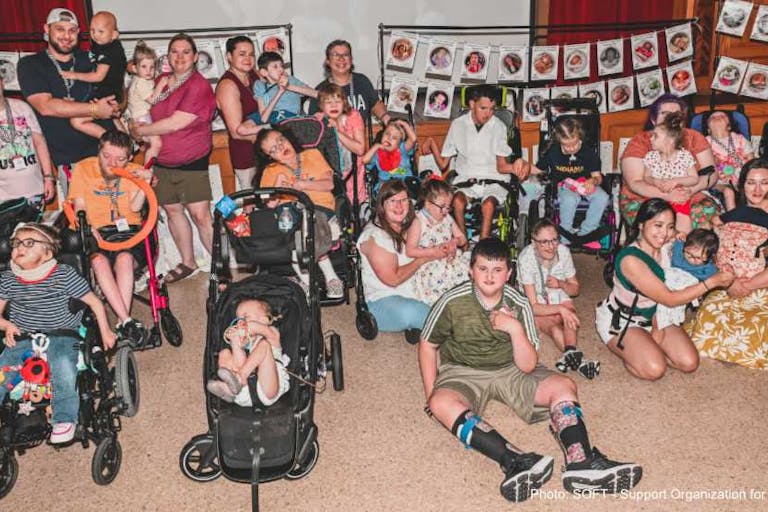
New AAP guidelines affirm Trisomy 13 and 18 are no longer ‘incompatible with life’
The American Academy of Pediatrics (AAP) recently released updated clinical guidelines regarding infants and children with Trisomy 13 and Trisomy 18, clarifying that the conditions are no longer considered “incompatible with life,” and that physicians should act accordingly.
The guidelines make clear that doctors should not withhold routine care, health screenings, or life-sustaining care from individuals with either condition.
The American Academy of Pediatrics issued guidelines stating that children with Trisomy 13 and Trisomy 18 should not be denied life-sustaining care, medical interventions, routine care, or health screenings.
Trisomy 18 was declassified as “incompatible with life” in 2019, and research shows that 90% of children born with the condition survive to hospital discharge if provided with medical care. The five-year survival rate is 77%.
Inequities exist in the treatment that children with Trisomy 13 or 18 receive, as only some families can afford to travel to hospitals that will provide their child with care.
In 2023, a Texas woman sued the state for the right to have a D&E (dismemberment) abortion committed on her daughter due to a Trisomy 18 diagnosis, igniting a firestorm during which media outlets and even the Bidens expressed support for her daughter’s death.
On July 21, the AAP issued its “Guidance for Caring for Infants and Children With Trisomy 13 and Trisomy 18: Clinical Report,” in which it said these conditions are not “incompatible with life,” and children should receive life-sustaining care.
“Over the last several decades, there has been a steady increase in medical and surgical interventions provided for infants and children with trisomy 13 or trisomy 18 (chromosomal syndromes associated with a range of congenital anomalies and universally severe neurodevelopmental impairment),” the report stated. “Despite previous characterizations of these disorders as being uniformly lethal, multiple studies have demonstrated improved morbidity and mortality when indicated interventions, such as cardiac surgery, are performed, and these interventions and their potential risks and benefits can be carefully explored with parents who may wish to pursue them.”
It noted that “there are no ethical justifications for universal, principle-based differential treatment based solely on these genetic diagnoses.”
In other words, doctors should not discriminate against a child with Trisomy 13 or 18 by refusing to carry out a treatment or surgery for them that they would carry out for a child without a genetic condition.
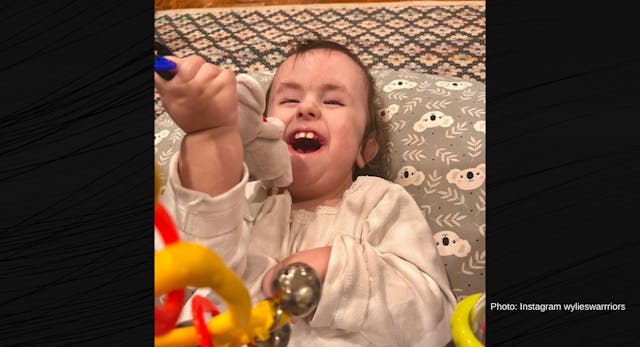
The guidelines are a welcome development for parents of children with Trisomy 13 and 18, many of whom have fought for years for their children to receive proper health care, and advocate for other children as well.
“As parents of a 16-year-old with Trisomy 18, we greatly appreciate the progress made by the American Academy of Pediatrics. We hope this will help lead to better care for our children who are valuable human beings,” Brad and Jesi Smith, parents of Faith, told Live Action News. “Currently, the pressure on parents to kill disabled children through abortion is quite intense and heavy-handed, and the coercion of parents to not treat our kids after they are born living is often immense.”
Even when a child survives pregnancy, however, doctors have been known to quietly enact a “Slow Code” — the appearance that they are treating the child, while actually avoiding giving the necessary treatments until it is too late.
Since 2019, Trisomy 18, also called Edwards syndrome, has no longer been considered “lethal.” The AAP said that studies are showing that interventions — including feeding tubes, tracheostomy, and heart surgery — are decreasing mortality and improving symptoms. Although there are risks to surgeries, those risks must be discussed with parents, so that educated decisions can be made based on all of the factors relating to the child.
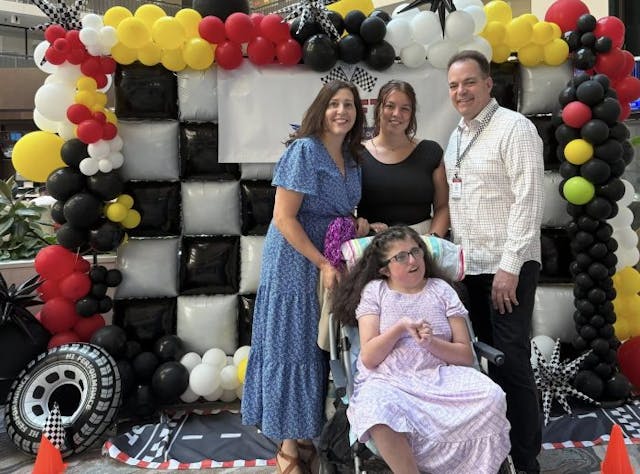
Research from the University of Michigan’s Mott Children’s Hospital has revealed that by “taking an aggressive approach to treatment, 90% of babies born with Edwards syndrome can go home from the hospital, and their five-year survival rate can reach close to 77%.”
In a study published in 2017 in “Pediatrics,” researchers from the University of Arkansas for Medical Sciences showed that heart surgery can more than double the life spans of babies with Trisomy 18, as well as those with Trisomy 13. Heart surgery increased survival and hospital discharge from 33% to 67%, and that benefit lasted two years. This study used data from 1,600 patients between 2004 and 2015 who had either Trisomy 13 or 18.
But for years, doctors have denied heart surgery to children solely based on their Trisomy 13 or 18 diagnosis.
Article continues below
Dear Reader,
Have you ever wanted to share the miracle of human development with little ones? Live Action is proud to present the "Baby Olivia" board book, which presents the content of Live Action's "Baby Olivia" fetal development video in a fun, new format. It's perfect for helping little minds understand the complex and beautiful process of human development in the womb.
Receive our brand new Baby Olivia board book when you give a one-time gift of $30 or more (or begin a new monthly gift of $15 or more).
The research does not guarantee long-term survival or a typical lifespan, but it does prove children with Trisomy 18 can survive for years, if not decades. In its guidelines, the AAP noted that there must “be recognition that implicit bias and structural inequities” continue to exist, including denial of care by certain doctors and hospitals, and that only families with better access to resources are able to travel to hospitals that are willing to treat babies with Trisomy 13 and 18.
“While the [AAP] article speaks of ‘implicit bias’ in the medical field, we call that doctor speak for bigotry and discrimination, which is still very widespread throughout our nation and happening every day in America,” said the Smiths. “We have been walking with parents of T13/T18 children for many years and continually learn of their horror stories of discrimination.”
The key recommendations from the AAP include:
Medical and surgical interventions should be based on the best available evidence, tailored to the child’s case, and with respect for moral principles.
Medical recommendations should not vary so greatly between hospitals as they do now, and institutional guidelines should be transparent. If a hospital does not offer an intervention that the parents want, the family should be referred to a hospital that provides that intervention.
Parents should be informed of the availability of individualized life-sustaining care and counseled in a manner similar to parents of children with other genetic and complex medical conditions.
When possible, babies with Trisomy 13 or 18 should be delivered in hospitals that have the resources to provide timely, comprehensive, and compassionate care in alliance with the family’s wishes and goals.
Routine health care, such as vaccines and health screenings, should not be withheld based solely on a diagnosis of Trisomy 13 or 18.
Long-term survivors with Trisomy 13 and 18 require comprehensive care in line with parents’ goals.
Unfortunately, the AAP also lists “comfort care” as a “morally acceptable choice that ought to be offered to all parents of infants with confirmed or strongly suspected T13/T18.” (emphasis added).
While it maintains that the “diagnosis alone should not categorically preclude offering therapies that could potentially prolong life and/or facilitate hospital discharge,” and that comfort care should only be offered when other therapies “have no chance” of success, the idea that it could be “morally acceptable” to give comfort care, even to those children with only a “suspected” diagnosis of Trisomy 13 or 18, is ethically flawed at best. It shows they are willing to let any baby die to ensure that all babies with Trisomy 13 or 18 die.
The Smiths consider this “lethal neglect,” and say that comfort care should only be offered when no other options exist, just as would be done for children who don’t have Trisomy 13 or 18. In other words, if a doctor is willing to treat a “typical” child who has a heart condition, that doctor should also treat a child with Trisomy 13 or 18 who has the same heart condition.
Trisomy 18 made major headlines in 2023 and 2024 after a Texas woman, Kate Cox, sued the state to allow her to have a dilation and evacuation (D&E), or dismemberment abortion, to end her preborn daughter’s life following a prenatal Trisomy 18 diagnosis. Cox was lauded as a hero by abortion proponents from the media to the White House, including then-President Biden, but families of children with Trisomy 18 were outraged.
“When I read the articles about the Kate Cox case, the language that was used to describe Trisomy 18 — “not viable,” “lethal,” “fetal anomaly with virtually no chance of survival” — it really impacted me,” Jewel Calleja told the Detroit Free Press. “Because it’s false information.” Her daughter, CC, is five years old and lives with Trisomy 18.
A smiling Cox, however, spoke at a pro-abortion event with former Vice President Kamala Harris in 2024, and sent a fundraising e-mail claiming that her daughter’s diagnosis was “deadly,” and that it put her own life at risk. It didn’t, and the Texas Supreme Court denied her request to dismember her preborn daughter, Chloe. Cox ultimately traveled to New Mexico for the eugenic abortion, because she did not want to give birth to a child with complex health needs.
At the time, Phil and Elisabeth Scott shared their own story, similar to Cox’s. However, they fought for their daughter Brianna, who is now five years old. Every child with Trisomy 13 or 18 should be given a chance to live and thrive.
The new guidelines from the AAP are a good step toward the false narrative surrounding people with Trisomy 13 or 18. Hopefully, they will encourage doctors to work to save these children’s lives instead of pressuring parents to end them.
Follow Live Action News on Facebook and Instagram for more pro-life news.
Live Action News is pro-life news and commentary from a pro-life perspective.
Contact editor@liveaction.org for questions, corrections, or if you are seeking permission to reprint any Live Action News content.
Guest Articles: To submit a guest article to Live Action News, email editor@liveaction.org with an attached Word document of 800-1000 words. Please also attach any photos relevant to your submission if applicable. If your submission is accepted for publication, you will be notified within three weeks. Guest articles are not compensated (see our Open License Agreement). Thank you for your interest in Live Action News!

Right to Life UK
·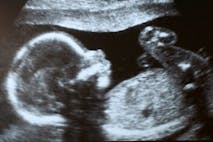
Politics
Madison Evans
·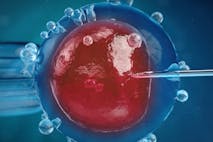
Opinion
Nancy Flanders
·
Investigative
Carole Novielli
·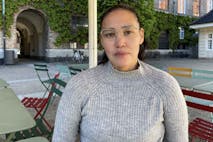
International
Cassy Cooke
·
Analysis
Nancy Flanders
·
Human Interest
Nancy Flanders
·
Investigative
Nancy Flanders
·
Pop Culture
Nancy Flanders
·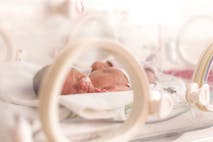
Human Interest
Nancy Flanders
·
Human Interest
Nancy Flanders
·